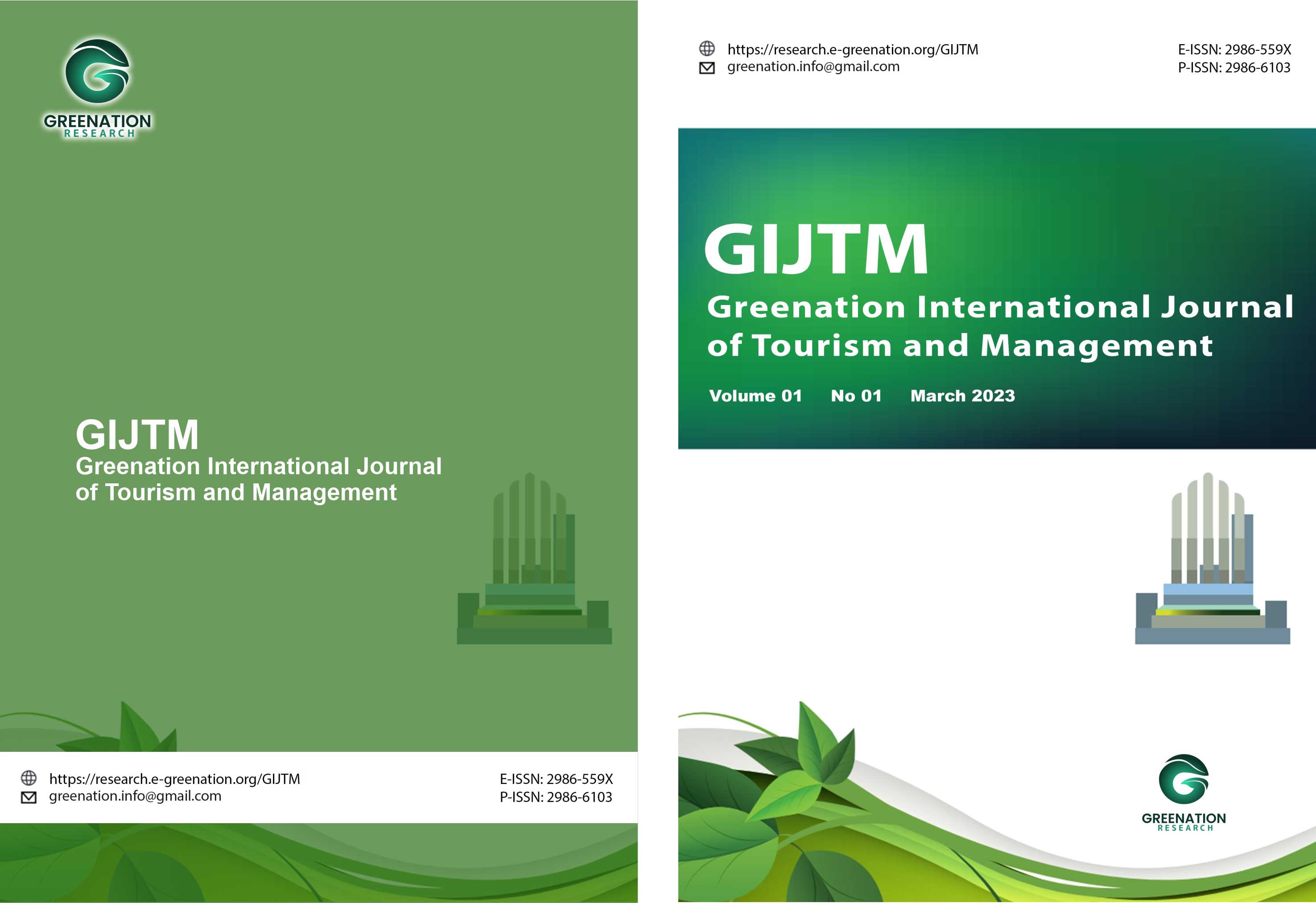The Effectiveness of Using Human Resource Information System on the Performance of Employees at Hermina Arcamanik Hospital
DOI:
https://doi.org/10.38035/gijtm.v2i2.227Keywords:
Effectiveness, HRD, HRIS, Employee PerformanceAbstract
To remain competitive in the health industry and streamline performance, an efficient human resource management system is essential. This research employs a qualitative approach with a case study design, gathering data through semi-structured interviews and direct observation. The findings reveal that Human Resource Information System (HRIS XPRESSO), implemented in 2019, offers features such as managing employee personal data, training records, and integrating recruitment and payroll processes. This system has significantly enhanced HR department performance by simplifying data access and reducing manual processes. However, challenges such as large file rejections, server disruptions, and limited access outside the hospital were identified. To enhance effectiveness, feature improvements and access adjustments are necessary. In conclusion, HRIS XPRESSO has proven effective in boosting HR operational efficiency but requires ongoing evaluation and institutional reforms to address existing challenges and fully leverage its benefits for the organization.
References
Anisa, D. N. L., SH, M., & Erlyn Rosalina, S. (2023). Peranan Aplikasi Human Resource Information System (Hris) Pada Rumah Sakit Hermina Depok.
Anisa., Nining, L., & Erlyn, R. (2023). Peranan aplikasi Human Resource Information System (HRIS) pada Rumah Sakit Hermina Depok.
Anupa, M. (2021). Role of human resources information system (hris) in accelerating organizational effectiveness–it companies perspective. International Journal of Management and Humanities (IJMH), 5(6), 22-25.
Chabani, Z. (2020). The challenges facing public organizations to implement human resources information systems: a case study of Algeria. Journal of Management Information and Decision Sciences, 23(4), 230-244.
Hartini, R. (2020). Pengaruh Aplikasi Human Resource Information System. Conference on Inovation and Application of Science and Technology (CIASTECH 2020), Ciastech, 39-46.
Hijrasil, H., Maisharah, S., Widodo, Z. D., Darsono, D., & Manuhutu, H. (2023). Penerapan Teknologi HRIS (Human Resource Information System) dalam Meningkatkan Efisiensi dan Efektivitas Manajemen SDM. Jurnal Pendidikan Tambusai, 7(2), 7074-7085.
Isbandono, P. (2023). ANALISIS INDIKATOR MUTU PELAYANAN. KESEHATAN MENURUT STANDAR PERATURAN MENTERI. KESEHATAN REPUBLIK INDONESIA NOMOR 30 TAHUN 2022 DI RSUD WALUYO JATI KRAKSAAN. Jurnal Inovasi Administrasi Negara Terapan (Inovant), 1(3), 612-627.
Latianingsih, N., & Rosalina, E. (2023, November). Peranan aplikasi Human Resource Information System (Hris) pada Rumah Sakit Hermina Depok. In Seminar Nasional Riset Terapan (Vol. 12, No. 01, pp. 411-420).
Matimbwa, H., & Masue, O. S. (2019). Usage and challenges of human resources information system in the Tanzanian public organizations. Journal of Human Resource Management, 7(4), 131-137.
Rohmat, C. L., & Nuriyah, R. (2023). Implementasi Human Resource Information System Berbasis Website Pada Pt Litedex Digital Indonesia. JATI (Jurnal Mahasiswa Teknik Informatika), 7(1), 720-726.
Sadiq, U., Khan, A. F., Ikhlaq, K., & Mujtaba, B. G. (2022). The impact of information systems on the performance of human resources department. In Strategic Human Resource Management at Tertiary Level (pp. 31-47). River Publishers.
Downloads
Published
How to Cite
Issue
Section
License
Copyright (c) 2024 Sani Fitriyani, Kelvin Herlambang H, Muhammad Prakarsa Al Qadr Saleh, Candra Mecca Sufyana

This work is licensed under a Creative Commons Attribution 4.0 International License.
Copyright :
Authors who publish their manuscripts in this journal agree to the following conditions:
- Copyright in each article belongs to the author.
- The author acknowledges that the Greenation International Journal of Tourism and Management (GIJTM) has the right to be the first to publish under a Creative Commons Attribution 4.0 International license (Attribution 4.0 International CC BY 4.0).
- Authors can submit articles separately, arrange the non-exclusive distribution of manuscripts that have been published in this journal to other versions (for example, sent to the author's institutional repository, publication in a book, etc.), by acknowledging that the manuscript has been published for the first time at GIJTM.


























